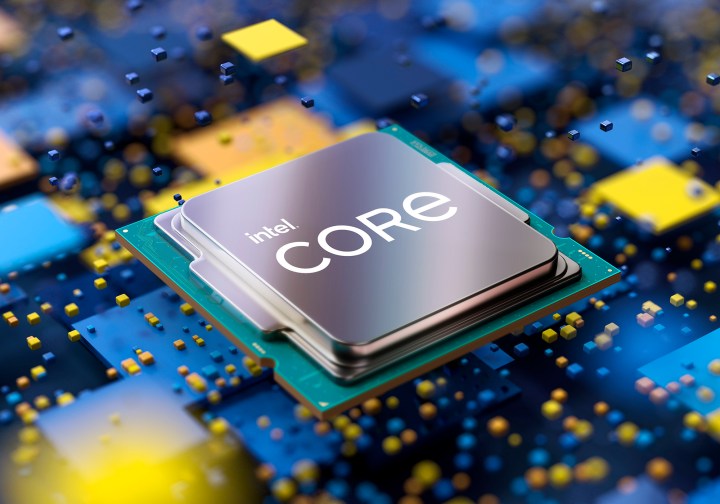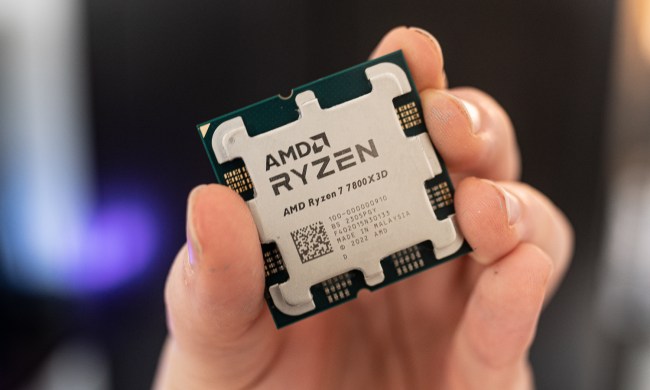Although the next generation of Intel Core processors is not yet released, we already know more about its successor. Code-named Raptor Lake-S, the 13th generation of Intel CPUs is in the works. While the new CPUs are said to consume a lot of power, they may also be more power-efficient than the upcoming 12th-generation Alder Lake in some aspects.
The new leak comes from Igor Wallossek of igorslab.de and it is a follow-up to information we’ve already received about Alder Lake CPUs. Intel’s updated power supply guidelines have recently been released by FCPOWERUP, a Chinese website dedicated to the power analysis of processors, graphics cards, and power supplies. Wallossek looked into the information provided and contacted additional sources for clarification. In the process, he was able to find out more about Intel’s upcoming Raptor Lake-S processors.

Thanks to previous leaks, we already know that Raptor Lake CPUs are going to be a step up from the upcoming 12th gen of processors. They are said to support LPDDR5X memory, will come with better caches, and have a greater number of high-efficiency cores (8C+16c). Knowing this allows us to look at, and compare, three different performance segments for both the 12th and 13th generations of Intel CPUs.
According to the leak, these power requirements will be divided into three segments: 125 watts, 65W, and 35W. This would also confirm that flagship Raptor Lake CPUs will have the same TDP as the previous generation. It appears that Power Limit 4 (PL4), one of Intel’s power stages, has been changed. Wallossek claims that PL4 will now feature proactive operation. Previously, PL4 had a reactive power setting.
This change should optimize the performance of the CPU, as it will allow the system on a chip (SoC) to reach higher frequencies than in reactive mode. While this is a welcome change for the user, it doesn’t directly affect the power requirements. Power Limit 4 continues to be the highest available power stage and can never be exceeded by the processor. Once the CPU reaches the PL4 limit, it is supposed to utilize the power supply over current protection. Wallossek points out that reaching the peak power limit can only last for 10 milliseconds, and it is also the only way to control the peak power that an Intel Core processor can achieve.

Based on the leak, we know that Intel will increase the IccMax for Raptor Lake processors. Some changes have also been made to different power stages. Looking at the values lets us estimate both the power requirements and the performance of these CPUs.
Let’s start with the 125W segment. The default power limit, PL1, is going to align with the processor’s TDP, and it remains the same for both Alder Lake-S (ADL-S) and Raptor Lake-S (RPL-S) units. Moving on to PL2, we see the first increase — from Alder Lake’s 241W to 253W for RPL-S. However, this only applies to Performance mode, and the Baseline remains the same at 188W for both gens. PL4 is a surprise in terms of power requirements. ADL-S requires 359W in performance mode, while RPL-S only needs 314W.
Moving on to 65W power segments shows us several differences between the 12th and 13th generations. In PL2 mode, Alder Lake 65W will require 202W in Performance mode and 126 in Baseline. Raptor Lake has a lower Performance requirement (219), but a higher Baseline (133). Going down to ADL-S/RPL-S 35W shows little to no difference between the processors.
The release of Raptor Lake processors is still far away. Rumors say that we can expect to see these CPUs sometime in the second half of 2022. However, Intel Alder Lake is getting closer and closer, bringing with it improvements such as the launch of DDR5 memory.



